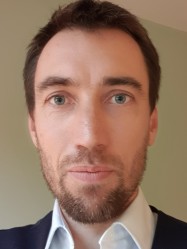BibTex format
@article{Piel:2017:10.1016/j.bcmd.2017.08.017,
author = {Piel, FBJ and Rigano, P and De, Francesci L and Sainati, L and Piga, A and Cappellini, MD and Fidone, C and Masera, N and Palazzi, G and Gianesin, B and Forni, GL},
doi = {10.1016/j.bcmd.2017.08.017},
journal = {Blood Cells, Molecules and Diseases},
pages = {82--89},
title = {Real-life experience with hydroxyurea in sickle cell disease: A multicenter study in a cohort of patients with heterogeneous descent},
url = {http://dx.doi.org/10.1016/j.bcmd.2017.08.017},
volume = {69},
year = {2017}
}

